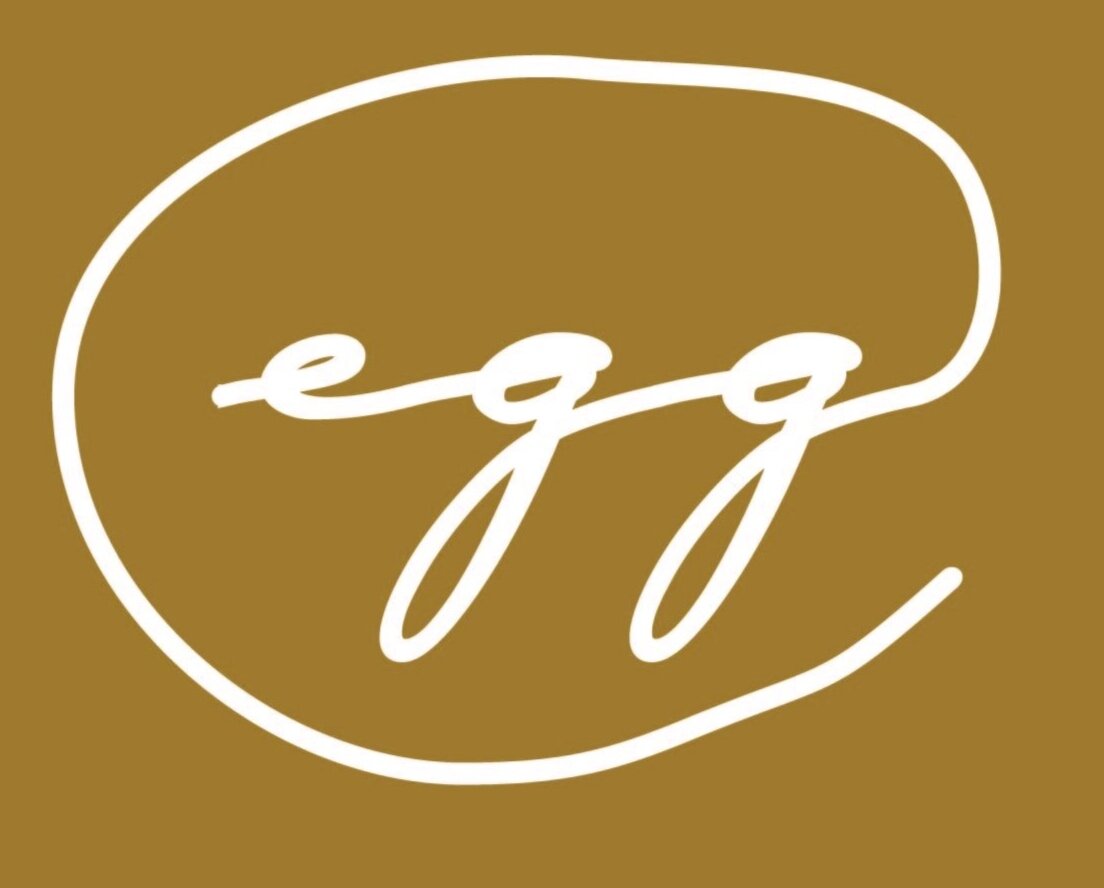CARMEN WINANT
Carmen Winant's work utilizes installation and collage strategies to examine feminist modes of survival and revolt. Winant's recent projects have been shown at the Museum of Modern Art, Sculpture Center, The Columbus Museum of Art, The Wexner Center of the Arts, and through CONTACT Photography festival, which mounted twenty-six of her billboards across Canada. Winant's recent artist books, My Birth and Notes on fundamental Joy, were published by SPBH Editions, ITI press, and Printed Matter Inc. Winant is the mother of two sons, Carlo and Rafa, whom she shares with her partner Luke Stettner; she is a 2019 Guggenheim Fellow in photography.
Artist bio courtesy of Fortnight Institute
Body Index, 2018
Found Collage Images on Board
40”H x 25”W
On loan from private collection
“Often, probably more out of judgment, I find myself thinking, Is this serious work? Will people take this seriously? I think that it’s my own inculcated sexism. The idea that work that is about women’s bodies and lives and experiences isn’t somehow critical or valid in the same way is something that I’ve really had to wrestle with—and I’m not someone who is on the fence about my feminism! I still work through it. It’s hard as a woman to undo your own conditioning, no matter how radical or progressive you are.”
— Carmen Winant
Carmen Winant’s My Birth (detail), 2018. Site-specific installation of found images, tape. The Museum of Modern Art.Photo: Kurt Heumiller / © 2018 Carmen Winant
“Just a couple weeks after I gave birth [the first time], I remember reading an interview with the artist Mierle Laderman Ukeles, and she was talking about how in 1968 after she gave birth, she was shocked that no one asked about it. She said something like, ‘Weren’t they curious about what it felt like to create life? But with no language, it was like I was mute.’ And I wept when I read those words because I was undergoing a similar experience, having never recognized it for myself. I felt more than eager to talk about the experience; I felt like it was necessary. And for whatever reason—because people wanted to respect my privacy or because they didn’t know how to talk it—it felt like this immensely cloistered experience. I didn’t want it to be, nor do I feel like it should be.”
— Carmen Winant
“Putting childbirth—at once universal and frankly mind-blowing (witness what a placenta looks like)—on display is a bold move for MoMA … It’s also a marker of cultural change for an artist whose grandmothers remember nothing of their births, owing to a potent, then routinely administered sedative nicknamed “twilight sleep,” which “sounded like just the sort of drug a man would invent,” as Plath wrote in The Bell Jar.”
Carmen Winant in her Columbus, Ohio, studio with her sons, Carlo, 2, and Rafa, 2 months.
Photo: Luke Stettner
“By the time you are reading this, cracked open and flimsy, I will have birthed again. I am no closer to understanding who takes possession of this process, or locating the words to make it known.”
— Carmen Winant (from her book “My Birth”)





